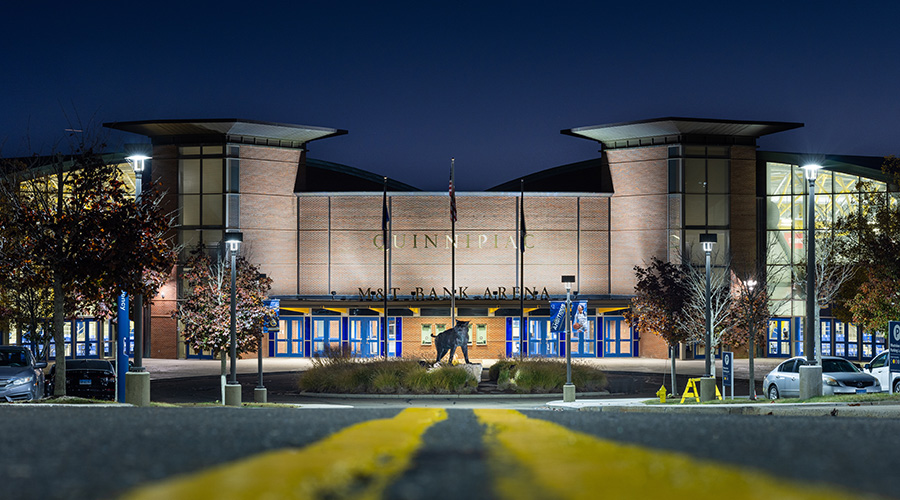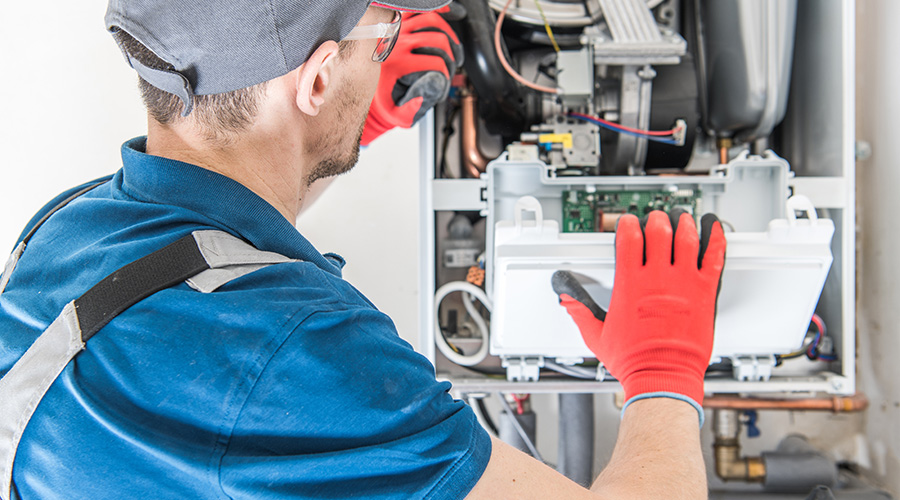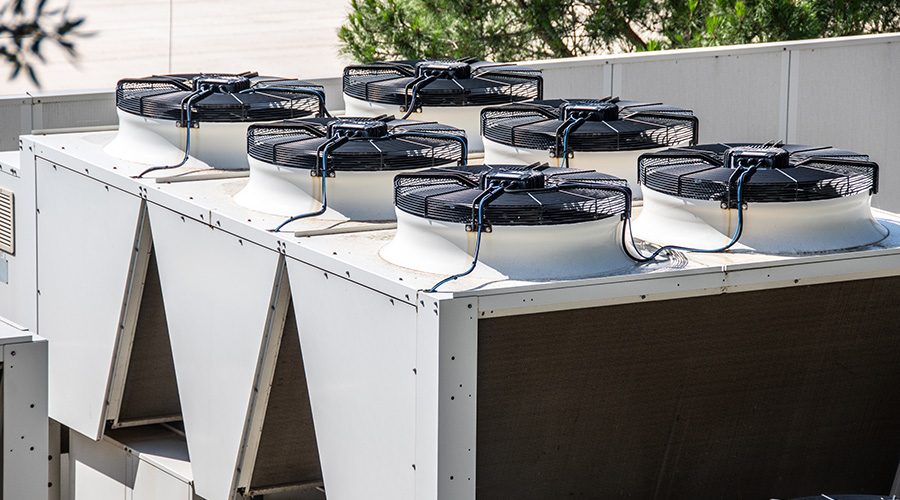Understanding Building Performance With Internet of Things Technology
Gains in smart building technology make it easier and more cost-effective for facility managers to understand how their buildings are performing.
It has been well known for some time that building performance often doesn’t live up to high performance design expectations. That’s because we are generally unaware of energy consumption at anything other than a gross monthly level and at a whole-building or, at best, a floor-by-floor level. We have no sense of more granular temporal or spatial resolution, nor do we know how that energy breaks down by end use, or have any understanding of what a typical daily profile should look like. We also don’t have any visibility into how our HVAC equipment is performing, other than doing periodic commissioning interventions, so comfort complaints or possibly a building automation system alarm may be the only indicators driving investigation of a potential problem.
Further, energy use intensity is still used as the de facto standard for building energy performance, without consideration of the true occupied versus unoccupied energy consumption, or better yet, the per person energy consumption. Moreover, we are completely in the dark on health-related building performance, most importantly indoor air quality.
The historical approach of designing and managing the lighting, electrical, and mechanical control systems in isolation has led to data analysis and problem solving that is also being performed in isolation. Analyzing energy usage at a floor level (electrical) or the zone set point schedules (HVAC) in conjunction with occupancy status (lighting) can easily lead to better understanding of energy use and the ability to manage it, but almost no building operators have the tools to enable this more holistic analysis.
Integration of all systems into a central building management system, while useful for centralizing systems management, does not provide a platform for centralized data analysis and was never the design intent of the BMS. Simply providing trend logging capabilities does not automatically enable analytics. Analytics with trend logs often consists of manual tracing, printing, and correlating of time series data to understand sequences of events leading up to a failure or malfunction.
An analysis platform, such as SkySpark, CGS Clockworks, Enernoc, Senseware, and others, must have a standardized data model with rich metadata about each data point, which can then be ingested, queried, and analyzed in a reliable, machine-recognizable manner to provide valuable insights into building performance. Standardizing data models becomes even more important when looking at portfolio-level statistics, because it allows for portable analytics across different buildings, regardless of the underlying base-building systems or point-naming conventions utilized.
Analytics platforms should enable monitoring-based commissioning, meaning they can identify time-specific faults — where, for example, simultaneous heating and cooling is occurring, dampers aren’t opening when called for, carbon dioxide levels exceed a certain set point, or unoccupied spaces aren’t “off” — along with the associated cost impact, prioritization of issues, and enough insight to remedy the issue.
The disruption
Prices for computing, sensing, and high-volume data transmission continue to decrease. For the first time, we are now able to capture data related to energy, HVAC performance, indoor air quality (IAQ), acoustics, daylight, and occupancy at very fine spatial and temporal resolutions. This proliferation of distributed, low-cost sensing technologies and cloud-hosted data collection and aggregation platforms is part of the Building Internet of Things (IoT) transformation of facilities.
The increasing availability of Building IoT solutions to gather and aggregate time-series and spatial information on occupancy, occupant location, energy, lighting levels, temperature, humidity, and air pollutants enables an entirely new way to engage with buildings to manage their performance. A “smart building” is one that captures and manages this data and puts it to use in engaging owners, occupants, operators, internal facility and real-estate managers, and human resources departments in achieving performance and business outcomes. Sharing this information with stakeholders beyond the operations team can help the case for additional funding to be leveraged on the initial system selection, installation, commissioning, and integration.
For instance, IAQ sensors have significantly decreased in price, making it feasible to install multiple IAQ monitors on a single floor. Additionally, lighting solutions often include multi-sensors integrated into each fixture, greatly increasing the spatial resolution of occupancy, temperature, relative humidity, and daylight sensors, and microphones. This information can then be used by facility managers to identify local hot/cold spots or spaces with poor ventilation. More importantly, this information can be displayed to occupants, allowing them to find spaces that better meet their thermal comfort needs, or a quiet spot to work for the day.
Related Topics:













